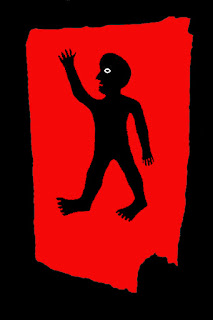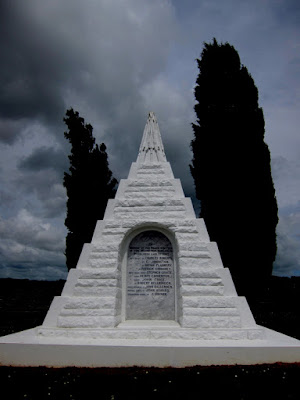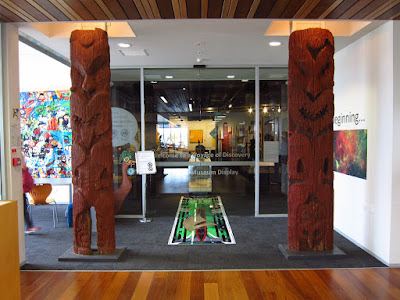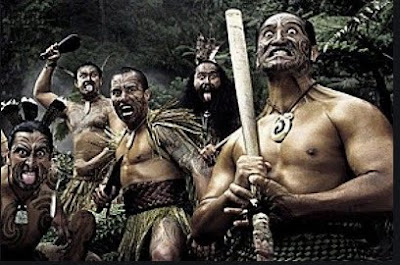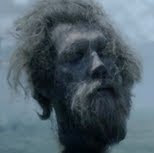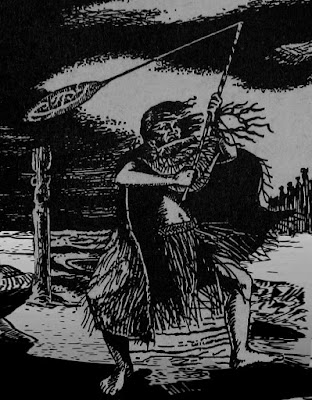Soldier’s Severed Head Inspires Holy War
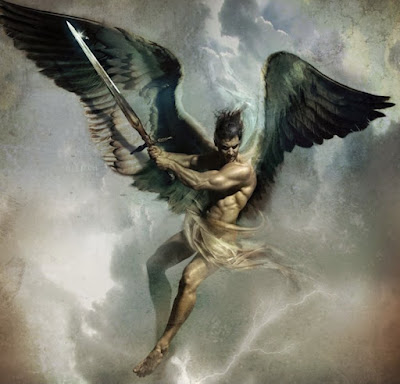
Maori traditionally used dried heads of enemies to raise war-parties. After the ambush and slaughter of troopers by Hauhau at Ahuahu on 6 April 1864 (see my post “How Captain Lloyd Lost his Head” below) their heads were cut off on the spot and later dried as trophies - according to Maori custom. The Hauhau were an aggressive development of the original teachings of the Maori prophet Te Ua who founded the peaceful Pai Maririe religion in Taranaki in 1862. Shortly after Ahuahu Te Ua revealed that he had been visited (again) by the Angel Gabriel - whose instructions were that Captain Lloyd’s head was to be carried as a victorious religious tropy throughout the North Island in a stirring (but peaceful) recruiting drive to draw Maori to the Pai Maririe cause: which was basically an attempt to stop the loss of tribal lands to predatory carpet-baggers and land-sharks from Britain. Below; the Angel Gabriel: However, the militant emissaries entrusted with this task instead saw their role a...
